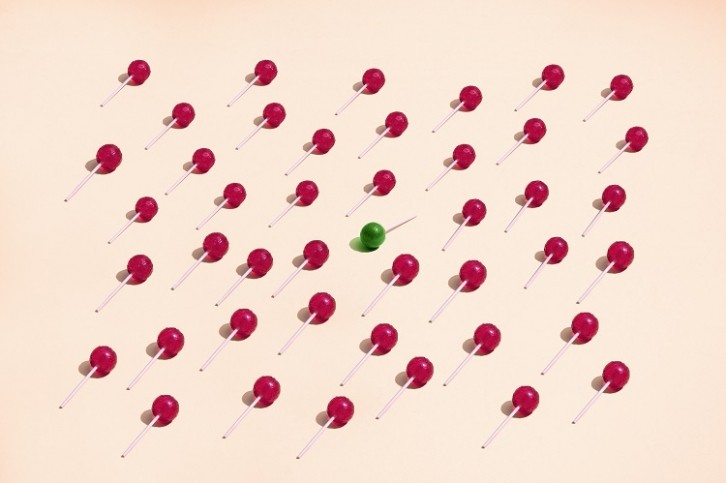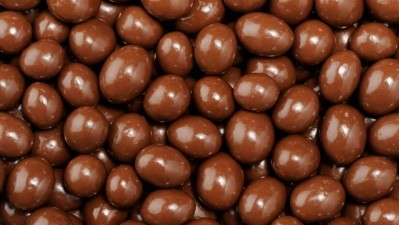Unpacking sweet proteins

Sweetness is a tricky business. Sugar has been linked to a range of health conditions, and while artificial sweeteners provide low-calorie (or no-calorie) alternatives, they often come with health risks of their own.
Another alternative is sweet proteins. Sweet proteins occur naturally in fruits, egg whites and some plants, but in very small quantities. When upscaled, they can be an alternative to sugar and artificial sweeteners.
There are approximately 200 sweet proteins, according to Ilan Samish, CEO of Israeli designer protein manufacturer Amai Proteins. Of these, seven are ‘hyper-sweet’, meaning that they are between 700-3000 times sweeter than sugar on a weight-by-weight basis.
Which sweet proteins have regulatory approval?
While sweet proteins are still being researched, they are far from a concept alone and several have already been approved for use in the food and beverage market.
One sweet protein that has been on the market for a long time is thaumatin. Thaumatin has regulatory approval in the US, the EU, Switzerland, Israel and many other countries, although, according to Samish, because of its high price it tends to be used in low amounts. More recently, another sweet protein, brazzein, has several regulatory approvals, notably in the US, but is not yet found on the mass market.
How are sweet proteins different from other sweeteners?
The key difference between sweet proteins and other sweeteners, both natural and artificial, is down to how the body interacts with them.
According to Samish, other sweeteners are “still sweeteners after they are swallowed. As such, they may interact with the body as sweeteners.” Such an interaction includes activating sweet receptors that line our gastrointestinal tract, modifying the microbiome, digested by the liver and excreted by the kidneys. The World Health Organisation (WHO) has warned that non-sugar sweeteners should not be used as weight control or to reduce non-communicable diseases.
By contrast, Samish told us, sweet proteins are made only from the twenty amino acid building blocks, nine of which the body can’t make and needs to source from food.
Why do proteins become sweet?
Why is it that some proteins have a sweet taste? In some cases, Amai Proteins’ Samish told us, the sweetness is likely a side effect. A monosaccharide includes six hydroxyls (a chemical group containing a hydrogen and an oxygen atom) on a carbon skeleton (sucrose is a disaccharide). Proteins are built of amino acids, some of which also have hydroxyls.
However, Samish told us, this isn’t the case when it comes to ‘hyper-sweet’ proteins. “In my humble opinion, which is strengthened by a lot of evidence, hyper-sweet proteins are the seduction mechanism of plants.
“Six out of the seven hyper-sweet proteins are found in small plants along the equatorial belt – from China to West Africa. In the depth of the jungle, there is plenty of water and food (fertiliser). However, the very word ‘depth’ means that it is a shady environment so plants are afraid that the deep shade will turn into darkness. To propagate, they need to seduce animals to eat their fruit (…and seeds) and, in return, spread the seeds in the jungle.”
This, he suggested, is why they are hyper-sweet – they need to seduce animals to consume them. “They need to be more seductive than sugar which is found in most fruits …such as apple which was the first seduction in the Garden of Eden.”
Because it has only evolved to confer sweetness, however, rather than other needs, it is present in very small quantities. It is also denatured (loses its sweetness and structure) at very low temperatures, making it unfit for certain food and beverage applications.
How are sweet proteins produced?
Sweet proteins are found in very low amounts in nature. What’s more, according to Samish, they’re found in exotic fruits that cannot be grown agriculturally. Thus, they must be developed outside the context of nature.
Amai Proteins, for example, designs novel proteins that are both based on sweet proteins, and modelled to survive in extreme conditions. These proteins are then produced via precision fermentation, and finally assessed on their stability, sensory properties, and synergies with other food and beverage ingredients.
“A protein is a necklace of pearls called amino acids with each protein being a different necklace as to the usage of the different twenty amino acids, their order and their length,” Samish told us.
Alongside precision fermentation, sweet proteins can also be produced via extraction from the fruit, as is done in the case of thaumatin. “The Katemfe fruit is collected in West Africa. The aryl is shipped to Europe in freezers where the protein is extracted.” However, Samish told us, the product is expensive, and creating a stable large-scale supply chain using this method is difficult.
What are the barriers to mass production?
Matching these proteins with consumer food and beverage products is not easy, Samish told us. While they do provide many of the benefits that consumers want from sweeteners, there are still certain functional aspects they don’t fulfil.
For example, sweet proteins do not deliver on certain properties of sugar, such as texture, browning and bulking. In some of the market, these things are necessary, and must be delivered by other ingredients that work alongside sweet proteins.
The Sugar- Out, Prote- In project
Amai Proteins recently took part in the Sugar- Out, Prote- In project. The project was a collaboration between Amai Proteins, Danone, PepsiCo and Technion, Israel’s technology institute, on developing sweet proteins. The project focused on the upscaling, formulation and consumer perceptions of DM09, a Designer Monellin hyper-sweet protein.
“The formulation we developed at the Technion during this project was based on natural food ingredients, and managed to improve the sensory sweet sensation of the protein making it closer to that of sugar, thereby enabling to reach a significantly higher percent of sugar-replacement in beverages compared to the protein alone,” Yoav Livney, professor at Technion, told FoodNavigator.
The high potency of sweet proteins – on average 3000 times sweeter than sugar – is different between different food matrices.
In very high levels of sugar reduction, Samish told us, the sensory profile can be imperfect. For example, the sweetener can provide a ‘lingering taste’; not an off-taste but simply a taste which lasts longer.
In some sweet proteins, such as Amai’s own, there are also production barriers. For example, Amai’s protein does not currently work well in very high temperatures, which is needed for such sectors as bakery.















